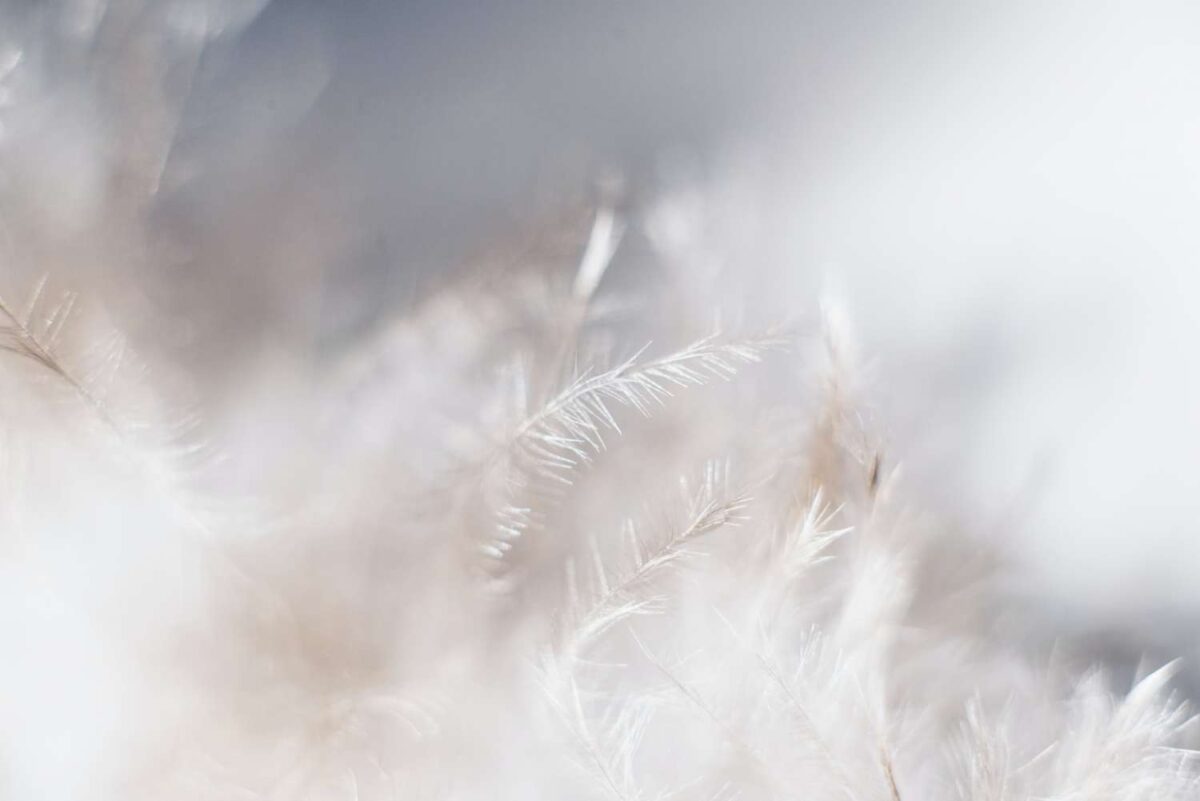Services
Penis-Enlargement
Shook Dosha (Complication of Recipes use for Penis-Enlargement) in Ayurveda
Shook Dosha, a term rooted in Ayurvedic traditions, refers to the complications and diseases arising from the use of artificial remedies for penis enlargement. These complications are categorized as Shooka Janya Vyadhis, signifying ailments stemming from contaminants or toxins, often resulting in adverse effects like infections and ulcers.
Understanding the complications of penile enlargement within Ayurvedic practices is crucial for both practitioners and individuals seeking such treatments. While Ayurveda offers profound insights into natural healing, the misuse of certain methods can lead to significant health issues.
This article delves into the intricacies of Shook Dosha, exploring its historical context and clinical features. We’ll examine the science behind Ayurvedic penile enlargement practices, identify risks associated with artificial remedies, and discuss management strategies for Shook Dosha complications. Additionally, we’ll address common myths about penis size and performance through an Ayurvedic lens, providing a holistic perspective on sexual health.
Understanding Shook Dosha in Ayurveda and Its Clinical Features
Shook Dosha is a term used in Ayurvedic medicine to describe complications that arise from the improper use of artificial methods for penile enlargement. This concept is discussed in ancient texts like the Sushruta Samhita and Ashtanga Hridaya, which explain various disorders classified under Shooka Doshas. These texts emphasize the importance of understanding the toxins or contaminants, derived from water or other sources, that contribute to these conditions.
Historical Context
The Sushruta Samhita and Ashtanga Hridaya provide foundational knowledge on Ayurvedic treatment for sexual health issues, including those related to Shook Dosha. These ancient scriptures not only describe the clinical features of various disorders but also highlight preventive measures and treatments. Such traditional knowledge plays a significant role in modern practices, offering insights into the holistic management of sexual health complications.
Clinical Features and Types of Shooka Doshas
Understanding the specific types of Shooka Doshas is crucial for identifying the symptoms and underlying causes of penile enlargement complications. Each type presents unique clinical features:
- Sarshapika: Characterized by papules resembling mustard seeds, primarily due to vitiation of kapha and vata. Symptoms often include itching and discomfort.
- Ashteelikaa: Hard papules similar to iron pans form as a result of vitiated vata. These may lead to pain upon touch.
- Grathitam: Cyst-like formations filled with toxins manifest, causing noticeable lumps that may be painful or tender.
- Kumbhikaa: Distinguished by black-colored papules, this condition arises from vitiated rakta (blood) and pitta (bile) doshas.
- Alajee: Eruptions on the penis surface linked to fat tissue vitiation present as raised bumps, often accompanied by soreness.
- Mrudita: Swelling induced through Vata vitiation occurs after frictional activity on the affected area.
- Sammoodha Pidakaa: Vigorous rubbing post-application leads to ulcer formation, causing significant discomfort and potential infection risks.
- Adhimantha: Elongated lesions that break open easily, often resulting in bleeding and further irritation.
- Pushkarikaa: A rash resembling a lotus bud emerges due to blood vitiation, causing redness and tenderness.
- Sparshahani: Loss of sensation following toxin application disrupts normal sensitivity functions.
- Uttamaa: Red papules akin to green gram appear after repeated applications; these are often sore to touch.
- Shataponaka: Small perforations develop on the skin from aggravated doshas, leading to potential scarring.
- Twakpaaka: Accompanied by fever and burning sensations, it results in skin suppuration indicative of severe underlying issues.
- Shonitarbuda: Painful blisters filled with blood follow toxin exposure, requiring immediate attention to prevent further complications.
- Mamsarbudam: Muscle-related tumors appear on the penis surface due to imbalances among bodily energies (doshas).
- Mamsapaakam: Muscle separation occurs through suppuration when all three doshas are affected simultaneously.
- Vidradhi: Abscess-like formations develop from multiple dosha imbalances, posing serious health risks if untreated.
- Tilakalaka: Severe tissue suppuration leads to necrosis without prompt intervention, highlighting the dangers associated with unregulated remedies.
This detailed understanding underscores the necessity for careful management and informed decision-making when considering Ayurvedic treatments for penile enlargement. Traditional wisdom provides valuable insights into avoiding harmful practices while promoting safe alternatives based on age-old principles.

The Science Behind Penile Enlargement in Ayurveda
Vajikarana: Enhancing Sexual Health Through Ayurveda
Vajikarana, a profound branch of Ayurveda, is dedicated to enhancing sexual health and vitality. This practice aims to balance the body’s doshas—Vata, Pitta, and Kapha—to improve reproductive health and potency. Vajikarana therapy includes herbal concoctions and dietary recommendations designed to rejuvenate the body and enhance sexual function.
Common Remedies for Penile Enlargement:
- Local Application Remedies: Ayurvedic practitioners often use herbal pastes and oils for topical application. These remedies typically include ingredients like Ashwagandha, Shatavari, and Bala, intended to stimulate circulation and support tissue health.
- Oral Herbal Supplements: Formulations containing herbs such as Gokshura and Safed Musli are believed to enhance libido and overall vigor.
Shook Dosha: Contemporary Research Insights
Recent studies explore the implications of Shook Dosha within modern medical science. Researchers are investigating how ancient Ayurvedic texts describe complications from penile enlargement practices, offering insights into traditional healthcare perspectives. Although scientific evidence on these formulations’ efficacy is still emerging, understanding the basis of Shook Dosha may bridge traditional knowledge with modern therapeutic approaches.
Correlation Between Ancient Practices and Modern Perspectives
The ancient wisdom encapsulated in Ayurvedic texts on penile health underscores a holistic approach crucial for contemporary practices. While current research on Shook Dosha highlights potential risks linked with artificial remedies, it also draws attention to the necessity of regulated practices. This intersection of traditional knowledge and scientific exploration provides a comprehensive understanding of both benefits and pitfalls in seeking penile enhancements through Ayurvedic methods.
By examining both historical context and present-day findings, this section offers a nuanced view of Ayurvedic penile enlargement techniques, emphasizing safe practice aligned with holistic health principles.
Complications Arising from Artificial Remedies
Shooka Janya Roga refers to the diseases that are caused by the use of artificial enhancements in penile enlargement practices. In Ayurveda, these complications are collectively known as Shook Dosha, which highlights the adverse effects that can arise from formulations containing harmful microorganisms or toxins.
The quest for penile enlargement often leads individuals to resort to various remedies, some of which may contain toxic substances or lack stringent regulation. Ingredients such as heavy metals, synthetic chemicals, and unstandardized herbal extracts are common culprits in these concoctions. These components can provoke serious health issues, including skin allergies, infections, and even more severe conditions like ulcerations and necrosis.
Unregulated use of these artificial remedies carries significant risks. The absence of oversight means that many products on the market might not disclose their full list of ingredients or potential side effects. This poses a grave danger as users could unwittingly expose themselves to harmful elements leading to Shooka Janya Roga manifestations.
Such complications underscore the necessity for caution when considering penile enhancement options. Individuals must be vigilant about product origins and compositions while ensuring any enhancement measures align with traditional Ayurvedic wisdom under professional guidance.
Understanding these risks is crucial not just for personal safety but also for promoting informed choices in sexual health practices rooted in authenticity and wellness. By recognizing the dangers associated with artificial remedies, one can appreciate the holistic approach Ayurveda offers in addressing sexual health concerns without resorting to potentially hazardous shortcuts. Additionally, it’s important to consider the broader implications of such health risks on public health, as highlighted in this annual review, which discusses the importance of understanding and managing health risks associated with various treatments.

Management Strategies for Shook Dosha
Managing Shook Dosha complications involves a multifaceted approach that combines Ayurvedic treatment for sexual health issues with lifestyle adjustments. These strategies focus on restoring balance and promoting healing through natural means.
Key Management Techniques:
- Dietary Changes: Incorporating foods that enhance the body’s natural detoxification processes is crucial. Emphasizing a diet rich in fresh fruits, vegetables, whole grains, and lean proteins can support recovery from Shook Dosha. It may also be beneficial to explore some Ayurvedic dietary recommendations, such as those found in this ESIC publication, which provide insights into how certain foods can aid in managing dosha imbalances.
- Herbal Treatments: Ayurvedic herbs such as Ashwagandha, Shatavari, and Gokshura are often recommended for their rejuvenating properties. The benefits of Gokshura, for instance, include its ability to alleviate symptoms and restore vitality by balancing the doshas involved in Shook Dosha.
- Topical Applications: Using natural oils and pastes containing ingredients like Neem and Turmeric can soothe affected areas, reduce inflammation, and promote healing of skin-related issues caused by these complications.
Consulting qualified Ayurvedic practitioners ensures safe and effective management of Shook Dosha. Their expertise in diagnosing dosha imbalances and prescribing tailored remedies is invaluable. Relying on professional guidance helps avoid the pitfalls associated with self-medication or unverified treatments, ensuring holistic recovery from these complex conditions.
Myths About Penis Size, Performance, And Their Relation To Ayurveda
Common misconceptions about penis size often come from societal pressures and unrealistic media portrayals. These myths can greatly affect sexual health education, causing unnecessary anxiety and low self-esteem in individuals.
The belief that a larger penis means better sexual performance is widespread but unfounded. This misconception drives many people to seek artificial enhancements, risking complications such as Shook Dosha.
Ayurveda offers a holistic approach to dispel these myths. Instead of focusing on size, it emphasizes the importance of overall well-being and balance.
Ayurvedic practices advocate for:
- Understanding Individual Constitution (Prakriti): Recognizing that each person is unique in their physical attributes and energies.
- Promoting Healthy Lifestyle Habits: Encouraging physical fitness, balanced diet, and mental wellness as key components of sexual health.
- Focus on Sexual Energy (Vajikarana): Enhancing vitality and vigor through natural means rather than resorting to potentially harmful interventions.
By addressing these misconceptions through education rooted in Ayurvedic principles, individuals can cultivate a healthier relationship with their bodies. Emphasizing the role of natural remedies and lifestyle modifications fosters a more sustainable approach to sexual health, reducing reliance on risky enhancements associated with complications like Shook Dosha.
Ayurveda’s comprehensive outlook not only challenges the myths surrounding penis size but also promotes a broader understanding of sexual well-being. This perspective highlights the significance of embracing individual differences while prioritizing holistic health over superficial measures.
FAQs (Frequently Asked Questions)
What is Shook Dosha in Ayurveda?
Shook Dosha refers to complications arising from the use of recipes for penile enlargement in Ayurveda. It encompasses various clinical features and is crucial for understanding the potential risks associated with such practices.
What are the types of Shooka doshas mentioned in Ayurvedic texts?
The types of Shooka doshas include Sarshapika, Ashteelikaa, Grathitam, Kumbhikaa, Alajee, Mrudita, Sammoodha Pidakaa, Adhimantha, Pushkarikaa, Sparshahani, Uttamaa, Shataponaka, Twakpaaka, Shonitarbuda, Mamsarbudam, Mamsapaakam, Vidradhi, and Tilakalaka. Each type has distinct descriptions and symptoms.
How does Ayurveda approach penile enlargement?
Ayurveda approaches penile enlargement through Vajikarana practices that enhance sexual health. This includes local application remedies and herbal treatments aimed at improving overall vitality and well-being.
What are the risks associated with artificial remedies for penile enlargement?
Artificial remedies can lead to Shooka Janya Roga, which are diseases caused by these enhancements. They may contain harmful ingredients or microorganisms that pose significant health risks when used unregulated.
What management strategies are recommended for addressing Shook Dosha?
Management strategies for Shook Dosha include dietary changes and herbal treatments tailored to recovery. It is also important to consult qualified practitioners for personalized guidance and treatment.
What myths exist about penis size and performance related to Ayurveda?
Common misconceptions about penis size can negatively impact sexual health education. Ayurveda addresses these myths by promoting a holistic understanding of sexual health that emphasizes individual well-being over societal standards.
Discover more from DAD Ayurveda
Subscribe to get the latest posts sent to your email.








